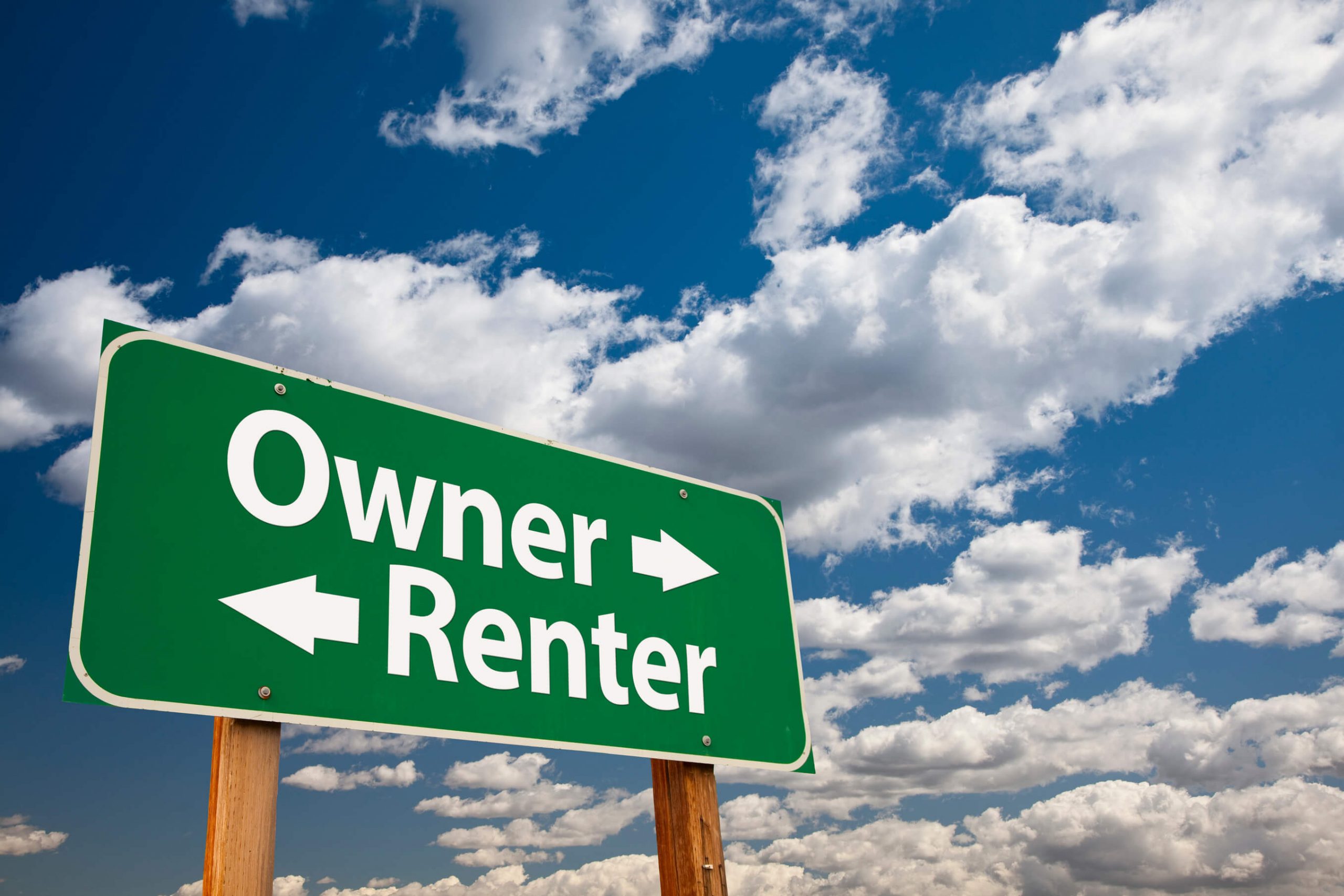
Understanding IRS Rules for Self-Rentals
Owner or renter – or both?
 Self-rental is an arrangement in which a business and property that it rents are both owned by the same person(s). It is common for a taxpayer to own an operating business and also own the accompanying real estate. That person has to materially participate in the operating company for the self rental rules to apply. If the operating company is an entity that the owner(s) actively participate in on a day-to-day basis, in most cases the owner(s) would be considered to materially participate in that activity.
Self-rental is an arrangement in which a business and property that it rents are both owned by the same person(s). It is common for a taxpayer to own an operating business and also own the accompanying real estate. That person has to materially participate in the operating company for the self rental rules to apply. If the operating company is an entity that the owner(s) actively participate in on a day-to-day basis, in most cases the owner(s) would be considered to materially participate in that activity.
Additional details on material participation can be found in Internal Revenue Service Publication 925.
The passive activity loss rules
As discussed in my blog post, Passive Loss Limitations in Rental Real Estate, the IRS Code generally prohibits taxpayers from deducting passive activity losses against other income, including salaries, interest, dividends, and income from nonpassive activities. Generally, a passive activity loss can only be used to offset other passive income.
The IRS considers most business activities to be nonpassive if a taxpayer materially participates in the business. One of the exceptions to this rule is rental real estate. Rental real estate activities are generally considered passive regardless of level of participation.
Trapped losses
Passive losses can only offset other passive income. Assuming a taxpayer incurs a loss on the rental of property to a business in which he or she materially participates, absent any other passive income during the year, the loss will not be deductible. However, the loss is carried forward to future tax years to offset income from the activity.
If there are unused passive losses from the activity when the property is sold, such suspended losses from that activity are recognized in the year of disposition.
How self-rental rules can apply
What does it all mean? Here’s an example to help you understand how the rules apply:
A taxpayer owns a warehouse which is rented by his distribution company that he materially participates in as owner and president. During the year the rental warehouse incurs a loss of $50,000, while the distribution company has $50,000 of income.
Does the $50,000 of losses incurred by the warehouse offset the $50,000 of profits from the distribution company?
No. Because the property was essentially rented to himself (i.e., to a business in which he materially participated), the self-rental rules apply. In the case of a self-rental, income is treated as nonpassive and loss is treated as passive. The self-rental rule characterizes the $50,000 of rental loss as passive which cannot offset the nonpassive income from the distribution company.



